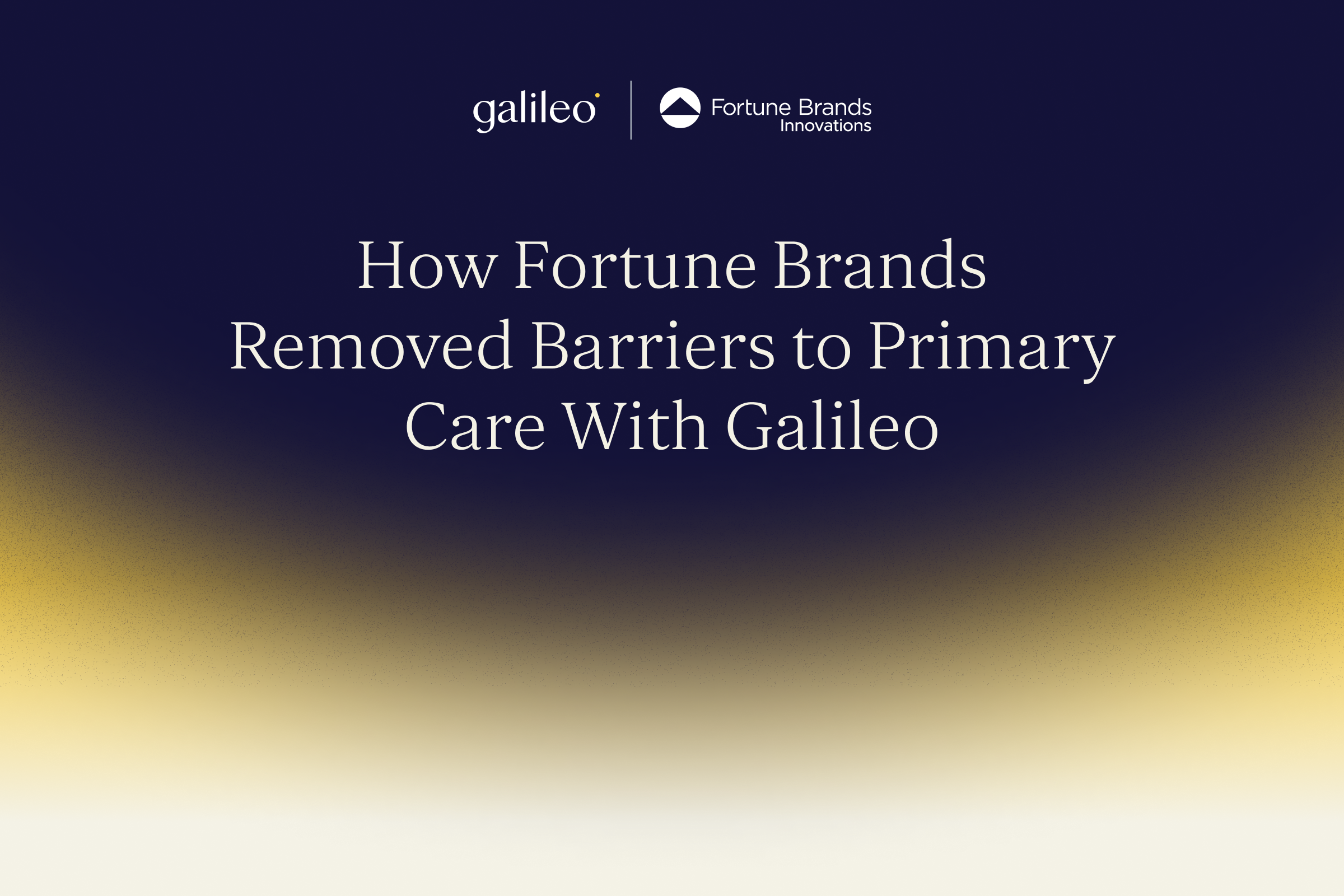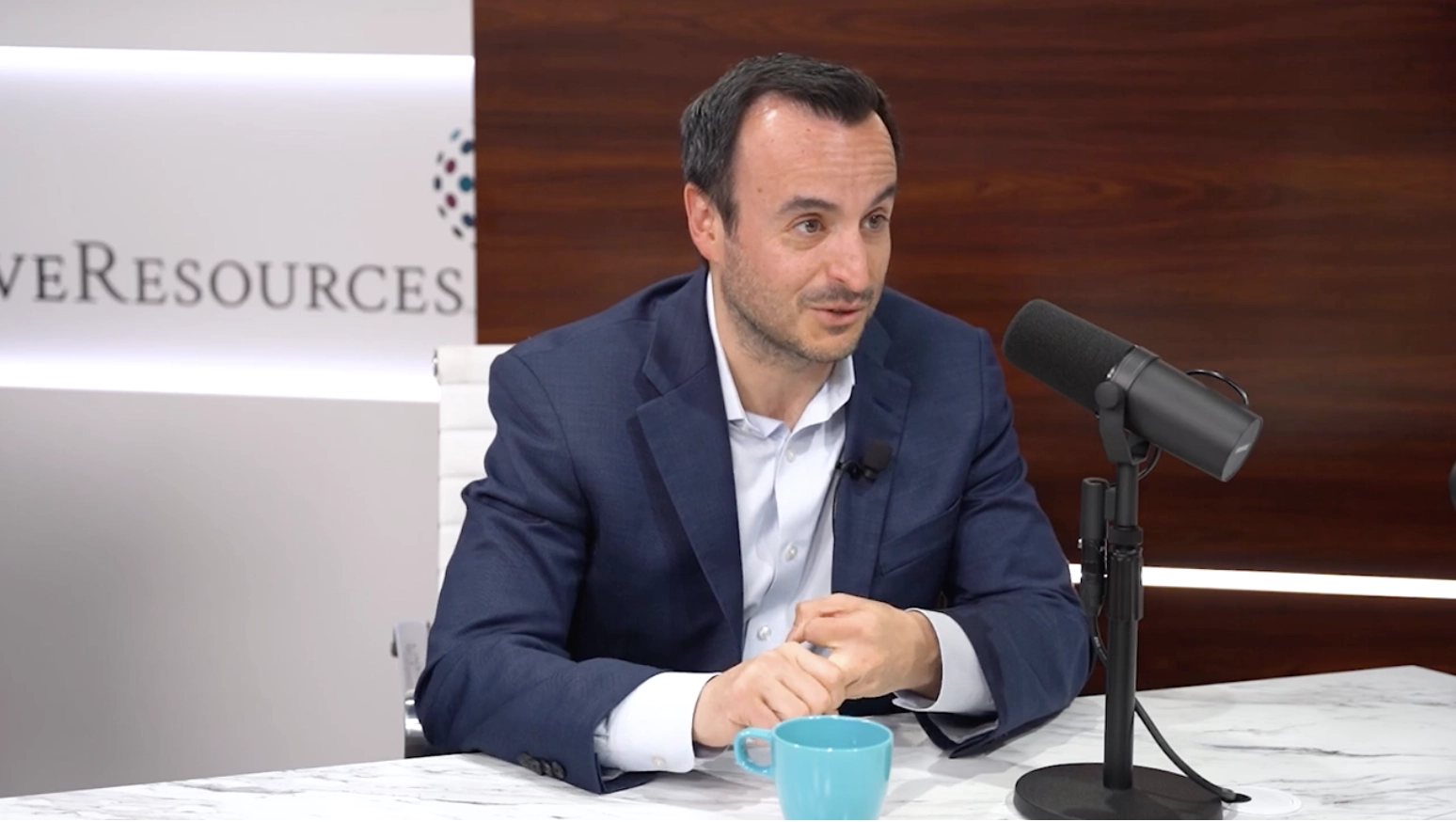Drive Better Health Care Outcomes By Offering Integrated Mental Health Benefits
Improve engagement and get a better bang for your benefit buck.

Despite improvements to reduce the stigma around mental health, 85% of employees do not engage with their mental health benefits, yet 60% say their job is the most significant factor in their mental health. Different generations of employees have varying ideologies about what mental health means, making it hard to offer a solution that works for everyone. "It can be challenging for people to ascertain not only when to seek out mental healthcare but also which level of services are appropriate for their current symptoms,” says Kristen Scarlett, Galileo’s behavioral health lead. Here’s a guide to bridging the gap between benefit spending, employee engagement, and more robust healthcare outcomes.
1. Capture: Integrate mental health into primary care
Mental health and physical health are closely linked. Nearly 75% of mental health patients have a physical comorbidity. Instead of leaving it up to patients to self-diagnose or speak up about their mental health, consider proactively evaluating all employees for physical and mental health conditions during primary care appointments.Galileo’s primary care providers are trained in behavioral health and treat low-to-medium acuity issues such as stress and anxiety. Our integrated approach allows providers to identify behavioral health needs early and offer appropriate mental health services, leading employees to engage in care at the right level, so their treatment is both efficient and effective.
2. Address: Meet employees where they are
Instead of offering one solution for varying degrees of mental health cases and demographics, try an integrated approach to mental health care by including a variety of benefits to meet a wide range of needs, all in one place. Benefits might include
Music-based therapy: Music-based therapy is a proven, approachable solution for daily mental health management at work or home. Apps like Spiritune for instance, use scientifically-created music tracks to promote relaxation, reduce stress, boost focus, improve mood, sleep, and more.
Self-guided CBT skills program: Cognitive behavioral therapy (CBT) programs are well-suited to tackle low to moderate levels of depression and anxiety. After an introduction to the program and a session in goal-setting with a coach, the patient continues the treatment track at their own pace without the guidance of a mental health professional.
1:1 Therapy and coaching: Like the CBT skills program, a therapy and coaching program employs similar care pathways to tackle root causes and symptoms and help employees build durable skills.
Referrals: Offering a service to find mental healthcare providers and resources in the community or within existing benefits coverage can be a massive help for those struggling with mental health symptoms.
3. Treat: Ensure effective and accessible models of care
Offering mental health benefits is not enough– they have to be integrated and accessible to reduce the total cost of care. Spiritune, for instance, can improve negative emotional states in just 10 minutes , and Galileo’s self-guided program has been shown to reduce symptoms of anxiety and depression and improve overall well-being after six weeks (as measured by GAD7, PHQ9, and WHO5).
To engage employees in mental health benefits (and improve their overall health in the long run), continue investing in efficient and approachable models of mental health care that are proven to work across broad and diverse populations.









.webp)




